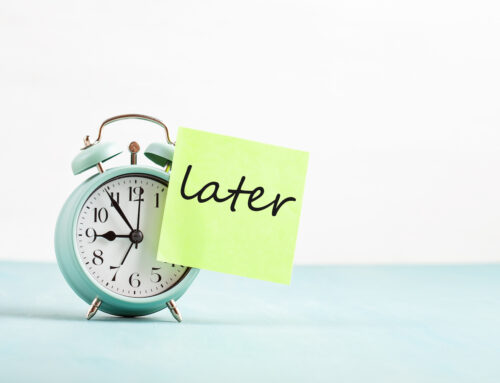According to UCLA neuroscience researcher at Alex Korb, we have just as much potential to feel happy as we do to feel depressed. In his book, The Upward Spiral: Using Neuroscience to Reverse the Course of Depression, One Small Change at a Time, he discusses scientifically based strategies that can help set us up for happiness. Here are 4 simple and easy tools that you can begin using today.
- Ask yourself one question: What am I grateful for?
Gratitude impacts our brain on a biological level, by boosting levels of dopamine and serotonin (the same neurotransmitters targeted by antidepressant drugs like Prozac and Wellbutrin). Having a hard time finding something you’re grateful for? Not a problem. Researchers say that what matters is the act of remembering to look for things to be grateful for. Best of all, sharing our gratitude with others can help boost their happiness too. A quick way to spread some happiness? Email someone to say thank you.
- Label Your Negative Feelings
When you are down in the dumps and feeling awful, give your feelings a name. Angry? Resentful? Worried? Sad? Researchers found that consciously labeling a negative feeling requires activation of the prefrontal cortex (our logical, thinking brain) and reduces arousal in the limbic system (our emotional/feeling brain). In other words, using a few simple words to describe your negative feelings can reduce their emotional impact.
- Make Decisions
Similarly to labeling emotions, creating intentions, setting goals, and making decisions engages the prefrontal cortex, and quiets the limbic system – reducing worry and anxiety. Studies show that making “good enough” decisions, instead of stressing over making the perfect decision is the key to happiness. In fact, trying to make the very best, 100% right decision leads to too much activity in the ventromedial-prefrontal areas of the brain, leaving us feeling emotionally overwhelmed. In contrast, making “good enough” decisions activates more dorsolateral prefrontal areas and dopamine circuits, which increase feelings of control, boost pleasure, and reduce stress.
- Physical Contact with Others
Relationships are key to our happiness. In fact, feelings of social rejection, isolation, and exclusion activate our anterior cingulate and insula, the same brain circuits activated by physical pain. Interestingly, physical touch seems to play a key role in this process. Human touch was shown to reduce activation in the insula, anterior cingulate cortex, and dorsolateral prefrontal cortex (the brain’s worrying and pain circuits) during times of heightened stress. Additionally, research has shown that hugging someone we care about it, leads to a release of oxytocin (a neurotransmitter and hormone linked to feelings of social bonding, pleasure, and love), and decreased reactivity of the amygdala (part of the brain responsible for fear and anxiety). So holding hands, hugging, and even a handshake or pat on the back can actually reduce pain, stress, and worry, as well as boost our happiness. Not a hugger? Studies have shown that spending time with loved ones or talking on the phone can also boost these feel good emotions. What doesn’t work? Texting. Researchers found that people who were texting after a stressful situation had similar levels of oxytocin and cortisol (happiness and stress hormone) as those who had no social support at all.
Adapted from “New Neuroscience Reveals 4 Rituals That Will Make You Happy” by Eric Barker (September 20, 2015). Time.com.
Korb, Alex. (2015). The Upward Spiral: Using Neuroscience to Reverse the Course of Depression, One Small Change at a Time. New harbinger Publications, Inc





